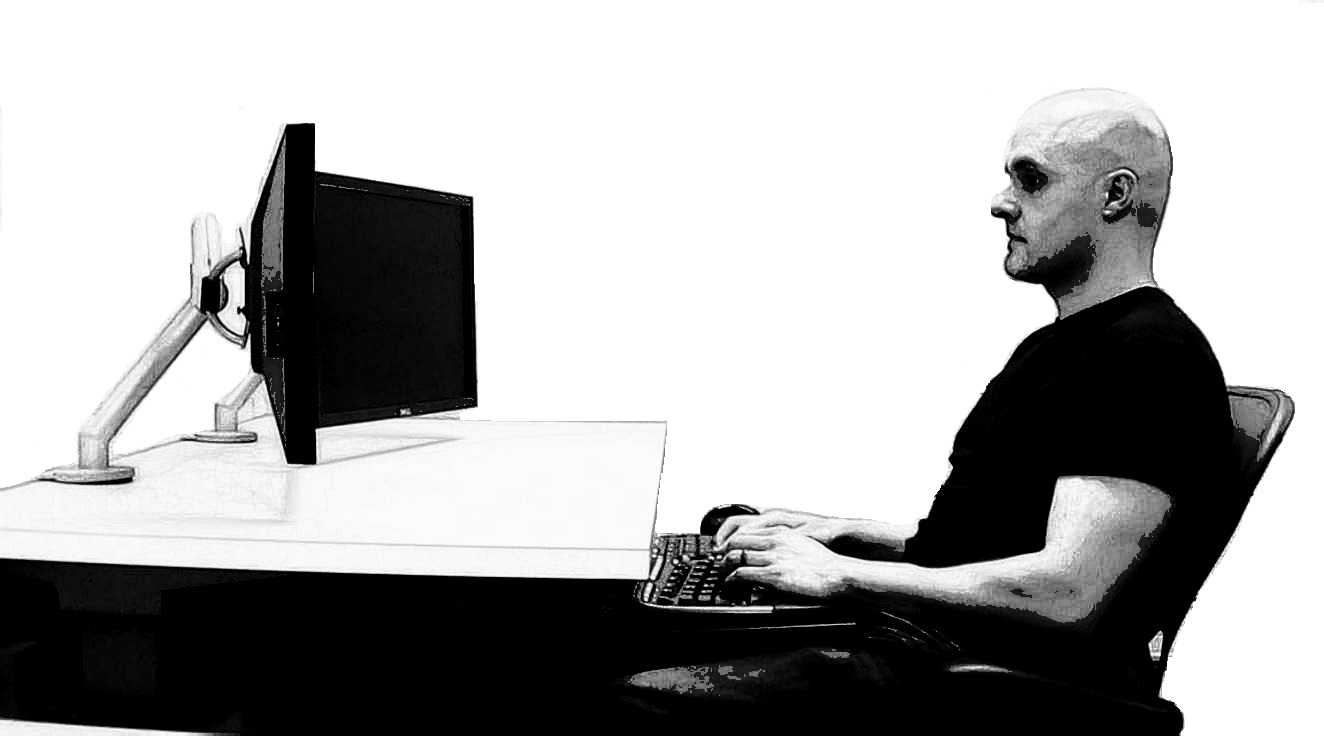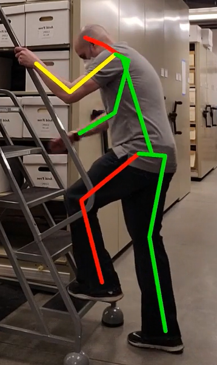
October is Ergonomics Awareness month, and it’s a good time to create awareness of human factors and ergonomics in a variety of ways.
Although any work environment can expose employees to ergonomic hazards, exposure can be minimized by making the proper changes. However, we need to be aware of ergonomic risks/hazards that are present when we perform a variety of tasks before we make changes.
These risks are found not only when performing work tasks but for tasks performed at home as well, whether working on a car, pulling weeds or shoveling snow. If proper changes are not made, you may be looking at an injury in the worst-case scenario.
Unfortunately, ergonomics-related injuries (such as overexertion and repetitive motion) may not be seen after a day, week or even a month of working. Instead, these cumulative trauma disorders (CTDs) may take time to appear.
Have you ever thought: “I’ve been doing this job for 10-plus years, and I’ve never had a problem or noticed pain until today?” This can be common with ergonomics-related injuries, and it is the reason they can be referred to as “cumulative trauma” disorders.
How common are these disorders? The Liberty Mutual Workplace Safety Index 2021 indicates that overexertion injuries (ergonomics-related) account for more than $13 billion dollars. These injuries have commonly ranked No. 1 across the country for many years and unfortunately, these injuries are also very frequently at the top of the list at CSU. The bottom line – ergonomics-related injuries are common and costly.
Although there are likely ergonomic issues in every job task, office and computer work is becoming more prevalent. Many of us may feel that because we have a sit/stand workstation, adjustable ergonomic chair, etc. that the likelihood for pain and injury is minimized. This may be especially true for our new buildings on campus where height-adjustable tables have been implemented along with ergonomic chairs and other ergonomic accessories. However, as Emeritus Professor Alan Hedge at Cornell University has stated, “so-called ergonomic products do not guarantee healthy work posture!” The correct height of the table, height and position of the keyboard and mouse, monitor(s), etc., are crucial regardless of whether you are sitting or standing. Unfortunately, proper adjustments are often neglected.
Ergonomic evaluation
 To address potential issues with your workstation, consider having an ergonomic evaluation. Visit
To address potential issues with your workstation, consider having an ergonomic evaluation. Visit
rmi.colostate.edu/ergonomics/officecomputer-ergonomics/office-ergonomic-evaluation-details for more information and to request and schedule an evaluation. An ergonomic specialist will visit your work site and help identify potential issues, help with workstation/equipment adjustments and provide potential solutions, all of which will help minimize the risk of pain and injury.
Keep in mind that ergonomics is not specifically for those in an office/computer environment and applies to any work task. For these “non-office or industrial tasks,” the ergonomics office can use an artificial intelligence, motion capture system to help identify and quantify ergonomic risk and then help find and recommend methods for improvement. To schedule a non-office ergonomic evaluation and learn more about the process, visit rmi.colostate.edu/ergonomics/industrial-ergonomics.
All evaluations, whether in the office or non-office, are free of charge to all employees.
Training
In addition to an ergonomic evaluation, all employees are encouraged to receive proper training. See the below website for a number of online training sessions which include available from Office Ergonomics, Working from Home Ergonomics, Back Safety, and Ergo 101. Proper understanding and awareness of ergonomics is crucial.
Contact the ergonomics office for additional help and to have questions answered:
(970) 491-2724
frank.gonzales@colostate.edu
http://rmi.colostate.edu/ergonomics